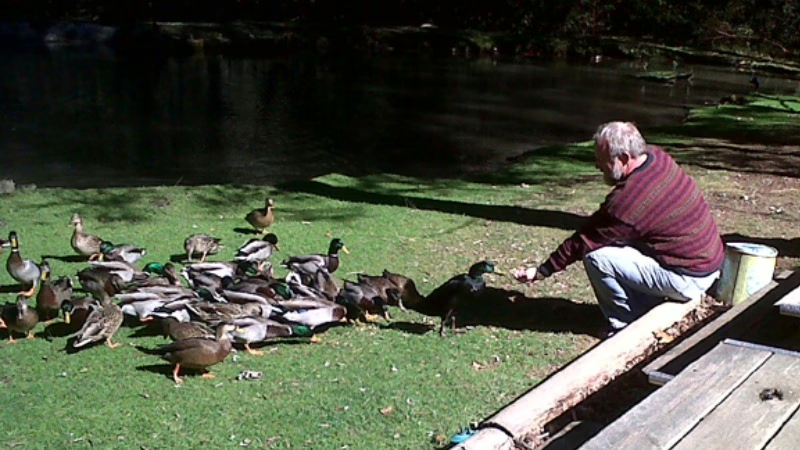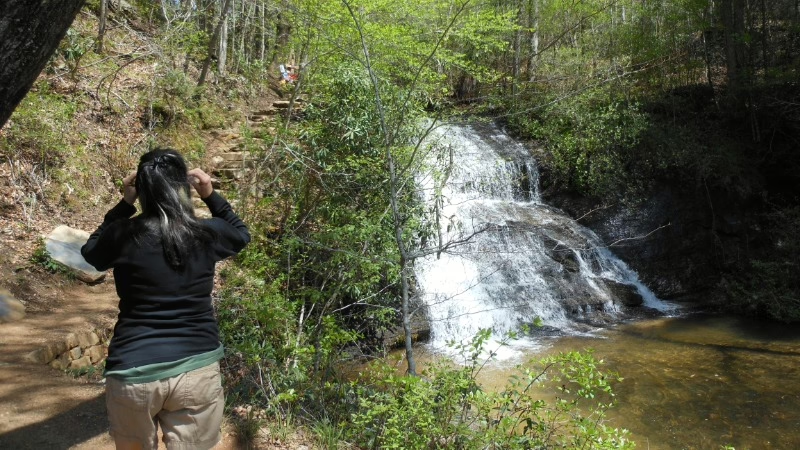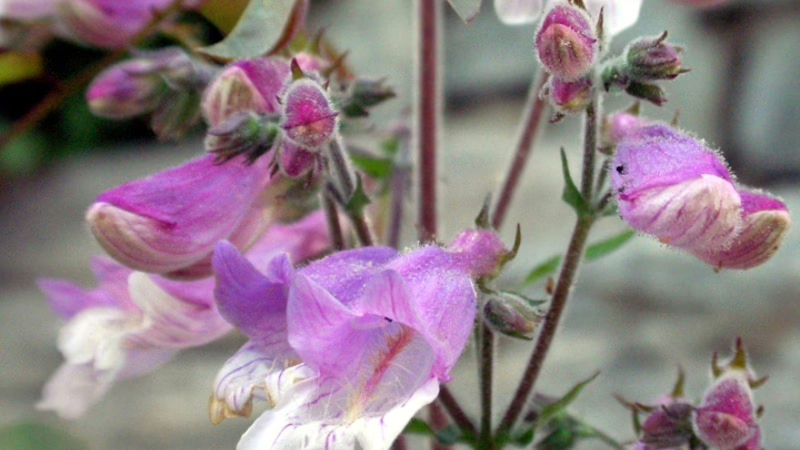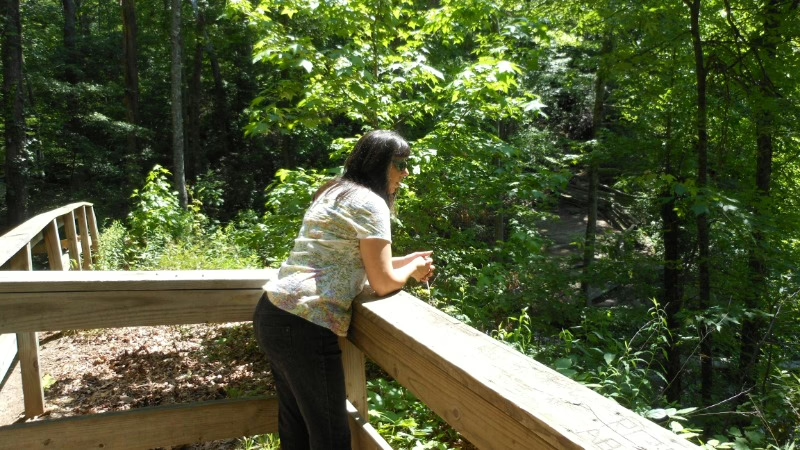
Table of Contents
Addiction can feel like a relentless storm: powerful, consuming, and difficult to navigate. For people struggling with substance use or behavioral dependencies, the path to recovery often requires more than willpower alone. Traditional therapy, support groups, and medical interventions are crucial components of recovery, yet integrating mindfulness-based ecotherapy (MBE) offers a complementary approach that nurtures both mind and body. By connecting with nature while practicing mindfulness, people can develop self-awareness, emotional regulation, and resilience. These are all critical tools for sustaining recovery and building a meaningful, balanced life.
Understanding Addiction Through a Mindful Lens
Addiction is not a lack of self-control; it often stems from complex interactions between biology, environment, and psychological factors. People may use substances or behaviors to cope with stress, trauma, or emotional pain. Mindfulness helps interrupt automatic patterns by encouraging present-moment awareness and nonjudgmental observation of thoughts, cravings, and emotions. When combined with ecotherapy, mindfulness becomes embodied, allowing people to experience the healing power of the natural world while exploring their internal landscapes.
How Nature Enhances Recovery
Nature has a profound capacity to restore, calm, and regulate the nervous system. Research consistently shows that spending time in natural environments reduces stress, lowers cortisol levels, and improves mood. For people in recovery from addiction, these effects are especially valuable. Nature provides a safe, nonjudgmental space to reflect, release tension, and gain perspective on life’s challenges.
Being in natural settings encourages slower breathing, deeper relaxation, and heightened sensory awareness. Listening to rustling leaves, feeling the texture of soil, or observing the movement of water can anchor attention and create a sense of calm. This grounding in the present moment reduces the urge to escape into addictive behaviors and strengthens the ability to cope with cravings or emotional triggers.
Mindfulness-Based Ecotherapy Practices for Addiction Recovery
Mindfulness-based ecotherapy integrates traditional mindfulness practices with direct engagement in natural environments. Some effective MBE techniques for supporting recovery include:
- Nature Meditation – Sitting quietly outdoors, focusing on the sensations of the environment, and observing thoughts without judgment helps people develop emotional regulation and clarity. Nature acts as both anchor and mirror, encouraging acceptance of internal experiences.
- Mindful Walking – Slow, intentional walking in a forest, park, or along a beach encourages embodied awareness. People can focus on each step, the rhythm of their breath, and the sights and sounds around them, strengthening present-moment attention and reducing compulsive thought patterns.
- Grounding Exercises – Touching soil, feeling tree bark, or placing bare feet on grass can reconnect people to their bodies and the Earth, promoting stability, calm, and embodied mindfulness. These exercises help reduce anxiety and cravings.
- Reflective Journaling – Writing in nature about cravings, triggers, emotions, and progress allows people to externalize feelings in a safe, supportive environment. Journaling enhances self-awareness, insight, and emotional release, supporting long-term recovery.
- Rituals of Renewal – Simple acts, such as planting a tree, tending a garden, or arranging natural objects, can serve as symbolic gestures of growth and renewal. These practices help people honor progress, celebrate milestones, and reinforce their commitment to recovery.
Emotional and Cognitive Benefits
Mindfulness-based ecotherapy offers multidimensional benefits for people in addiction recovery:
- Stress Reduction – Engaging the senses in natural environments and practicing mindfulness decreases physiological and emotional stress, which is a common trigger for relapse.
- Craving Management – Present-moment awareness allows people to observe cravings without reacting automatically, creating space for intentional choice.
- Emotional Regulation – Mindful observation of thoughts and feelings in a safe natural setting strengthens the ability to tolerate discomfort and navigate intense emotions.
- Self-Compassion – Nature and mindfulness together promote nonjudgmental acceptance, reducing shame and guilt that often accompany addiction.
- Connection and Belonging – Being in nature fosters a sense of interconnectedness—with the Earth, with others, and with oneself—supporting holistic recovery and social well-being.
Integrating MBE into a Recovery Plan
For people seeking to incorporate mindfulness-based ecotherapy into their recovery, consistency is key. Daily or weekly nature-based practices can reinforce coping skills, emotional awareness, and resilience. Group retreats or guided programs offer additional support, combining peer encouragement with structured mindfulness exercises in natural settings.
It’s also important to integrate MBE with professional support, such as counseling, medical care, or addiction support groups. Mindfulness-based ecotherapy is complementary, enhancing traditional approaches rather than replacing them. Together, these strategies create a robust, holistic framework for long-term recovery.
Practical Tips for Getting Started
- Find a Natural Setting – Parks, gardens, trails, or even a backyard can serve as restorative environments. Choose a location that feels safe, comfortable, and conducive to reflection.
- Set Intentions – Begin each session by clarifying what you hope to achieve, whether it’s processing cravings, reducing stress, or reflecting on recovery progress.
- Engage the Senses – Focus on sights, sounds, smells, and textures to fully inhabit the present moment.
- Start Small – Even 10–15 minutes of mindful engagement in nature can provide noticeable benefits. Gradually extend your practice as comfort grows.
- Keep a Journal – Record thoughts, feelings, and observations after each session. Journaling helps track patterns, progress, and insights.
Conclusion
Recovery from addiction is a lifelong process that requires courage, patience, and support. Mindfulness-based ecotherapy offers a powerful, complementary approach by integrating the restorative qualities of nature with present-moment awareness. Through meditation, mindful walking, journaling, and ritualized connection with the natural world, people can develop emotional regulation, reduce stress, and strengthen resilience.
At the Mindful Ecotherapy Center, we encourage people in recovery to explore mindfulness-based ecotherapy as a supportive tool on their healing journey. By connecting with nature and cultivating mindful presence, people can process cravings, manage emotions, and foster a deeper sense of self-compassion. Ultimately, MBE not only supports recovery but also nurtures a more balanced, connected, and meaningful life—one step at a time, in harmony with the natural world.
The Mindful Ecotherapy Center on YouTube
Subscribe to the Mindful Ecotherapy Center’s YouTube channel to bring peace, presence, and healing into your daily life. Our videos guide you through mindfulness-based ecotherapy practices, including forest bathing, tree planting rituals, nature meditations, and reflective exercises for grief, stress, and emotional well-being. Whether you’re seeking to reconnect with the natural world, cultivate inner calm, or find restorative tools for personal growth, our content offers practical guidance, inspiration, and community support. Join us to explore the transformative power of nature and mindfulness, and start your journey toward balance, resilience, and deeper connection today!
Share Your Thoughts!
What do you think? Share your thoughts in the comments below! And don’t forget to subscribe to our newsletter!







